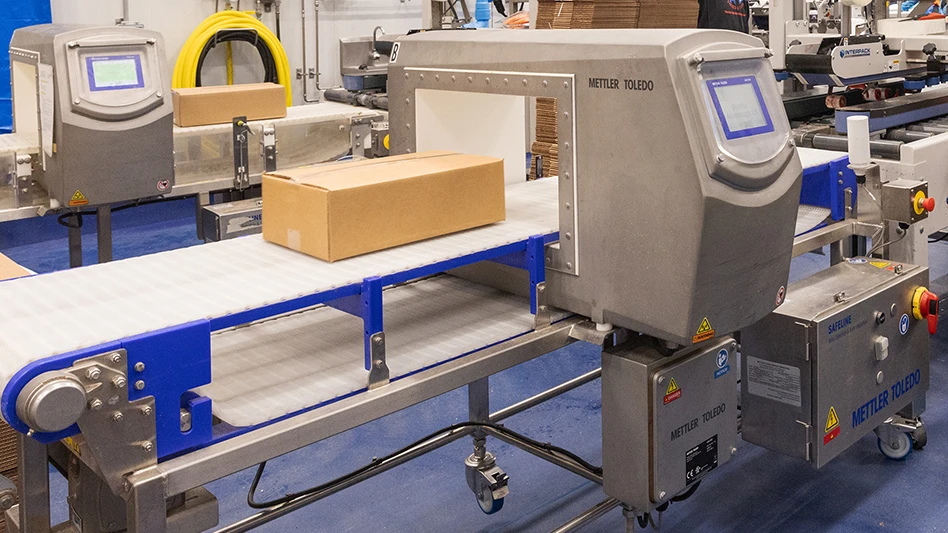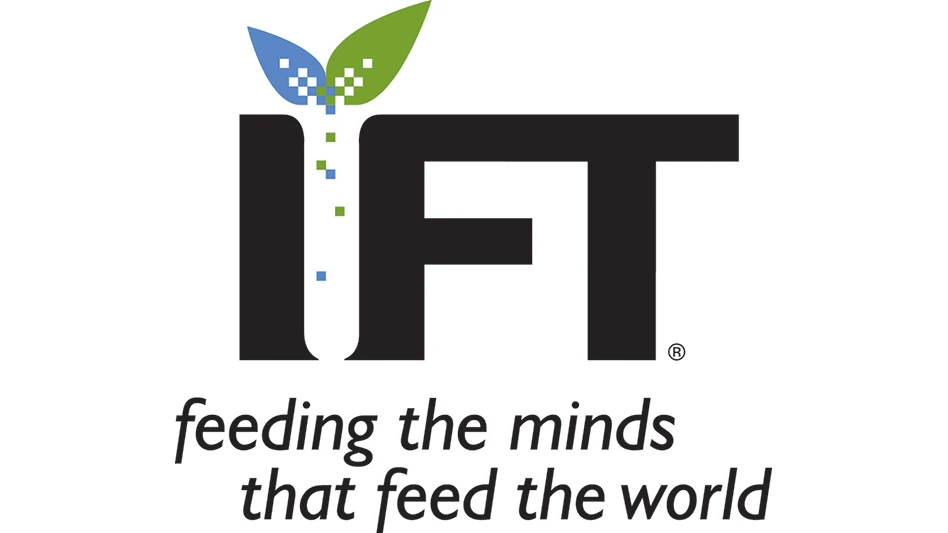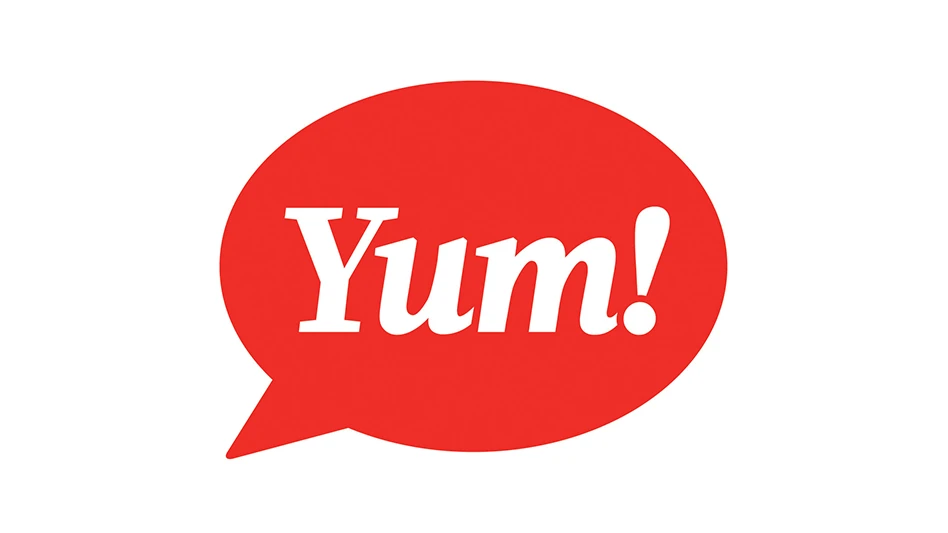
By Aaron Cohen
The culture of food safety is strong and intensely positive in food manufacturing – seemingly more so than in other areas of the food industry. There’s great sensitivity to avoiding allergens, bacteria, and various other potential pathogens, which is critically important when manufacturing safer foods. Manufacturers are very motivated to avoid recalls – the cost of recalls is far greater for manufacturers than other food business sectors, like restaurants. In addition, particularly in meat and dairy processing, the regulatory apparatus can be present on a daily basis. That constant pressure results in a culture that values and prioritizes food safety.
While the food safety culture is strong in most food manufacturing businesses, these companies are still wrestling with the idea of adopting technical and digital solutions that could help elevate food safety throughout the supply chain. The newest, most innovative tools have not yet penetrated manufacturing specifically – or the food industry in general.
The challenge for overhauling food safety in manufacturing is the entrenched belief that all things need to integrate with ancient ERP systems. The reality is that food safety runs quite independently in most manufacturing organizations. After all, food safety is based on internal auditing, and food manufacturers are (for the most part) committed to ensuring compliance.
But technology could help manufacturers – and the foods they manage – become even safer. Having a strong, positive food safety culture – as so many manufacturers do – is an important and significant first step. The next critical step is to elevate their systems that they currently run on paper. Digital tools will help these businesses do an even better, safer, more accurate and efficient job with their food safety processes.
There are flaws with safety systems that rely largely on paper and pencils. Most notably, it’s impossible to integrate and analyze critical data when using paper. It can be challenging – in the event of a security breach or possible recall – to locate specific paper records from file cabinets, cardboard boxes or stacks of paperwork in somebody’s office. And the incidents of “pencil whipping,” or cheating on inspections, is prevalent within the food industry, as much as we all want to believe that’s not true.
Of course, paper systems don’t integrate with ERP technology, but there is a deep belief within the food manufacturing industry that any new technologies should assimilate with this system. This makes the procurement of lower cost, highly efficient point solutions more complicated and expensive. Therefore, this reduces adoptions. And, as a result, companies continue to rely on antiquated, outdated, inefficient and inaccurate paper systems around something as critically important as food safety.
What’s the solution? Food manufacturers need to recognize how technology can help boost their food safety initiatives, protocols and even improve their food safety culture. They need to embrace and adopt technologies to help them do their jobs better, more accurately and more safely. It's possible to acquire specialized food manufacturing technologies that rapidly leapfrog existing systems.
All food businesses should diligently, collaboratively and consistently protect the safety of our foods, and should take the following steps to do so:
- Ditch the paper. A huge problem with paper records (including QA checklists) is that they can be forged – a problem that runs rampant within the food industry. Busy (or lazy) employees often cheat on long, tedious safety checklists because they feel like they don’t have the time (or the motivation) to complete them correctly. This “pencil whipping” poses a real threat to food safety, as managers erroneously believe that safety checks have been completed correctly – when they often haven’t been completed at all. In today’s high-tech world, it’s astounding that most food businesses still use antiquated paper and pencil systems to manage food safety standards, including inspections, audits and training. Transitioning to tech tools will boost food safety tremendously. Many manufacturing business owners resist technology, believing (erroneously) that shifting to digital tools will be overwhelming, expensive, complicated and/or intimidating. The reverse is actually true. Current tech solutions are affordable, attainable and easy to use. The first step could be as simple as providing digital safety checklists and/or food safety training reminders on employees’ smartphones.
- Use data to drive decisions. Another challenge with paper records is that it makes it difficult – even impossible – to collect, integrate and analyze data that’s critical to food safety efforts. As mentioned previously, paper safety checks are often done haphazardly – if they’re even done at all. Once employees “check the boxes” on their paper checklists, their supervisors won’t know that they skipped the safety inspection – boosting the possibility for a security breach, recall or foodborne illness outbreak. But what if manufacturers held their employees more accountable? What if they required time-stamped photos or video proof that safety checks were completed? What if they provided short, digital checklists that weren’t cumbersome, so employees could complete them – even on a busy shift? And what if manufacturers (and other food businesses) collected, integrated and analyzed safety data on a regular – and more accurate – basis? Then, they could make smarter decisions. They could also spot – and solve – potential problems before they become liabilities – and before tainted foods were delivered, sold and served.
- Embrace tech solutions. Human error is inevitable, even in businesses that have strong food safety cultures and knowledgeable staff. An employee may forget to close the walk-in-cooler door, or inadvertently hold foods at improper temps. The newest tech tools – such as sensors – are highly effective in keeping foods safer by recognizing events (i.e., cooler door open) that could cause food safety breaches. Food manufacturers should re-examine their systems, using automated options and technology to reduce potential food safety issues before they become true risks.
- Embrace a food safety mindset. For the most part, food manufacturers take food safety seriously and could serve as role models for the rest of the industry. Company leaders should continue emphasizing that food safety is a non-negotiable priority and demonstrating that it’s engrained in their company culture. Leaders that prioritize food safety training, demonstrate its importance, and explain the reasoning behind the protocols will maximize compliance and have better outcomes.
Food safety in manufacturing involves detailed inspections coupled with well executed corrective actions that are mandated and completed. Software makes it much easier to follow through on the CAPA requirements and makes the actual inspection process decidedly faster, more efficient, more accurate and safer. Manufacturers – along with everyone else within the food industry – must take food safety seriously, and evolve accordingly, using every tool at our disposal to keep our foods (and our businesses) safer and healthier.
The author is co-founder of CoInspect which provides software that powers food safety, quality assurance, and standards management for restaurants and food manufacturers. For more information, visit www.coinspectapp.com or email aaron@coinspectapp.com.
Latest from Quality Assurance & Food Safety
- CSQ Invites Public Comments on Improved Cannabis Safety, Quality Standards
- Registration Open for IAFNS’ Fifth Annual Summer Science Symposium
- Leaked White House Budget Draft Proposes Shifting Inspection Responsibilities from FDA to States
- Chlorine Dioxide: Reset the Pathogenic Environment
- Ferrero Group Invests $445 Million in Ontario Production Facility
- Nelson-Jameson Announces Grand Opening for Pennsylvania Distribution Center
- Taylor Farms Linked to Romaine E. coli Outbreak as Marler Clark Files Multiple Lawsuits Against Supplier
- IAFNS Announces Winners of Emerging Leader Awards for Food Safety, Nutrition





